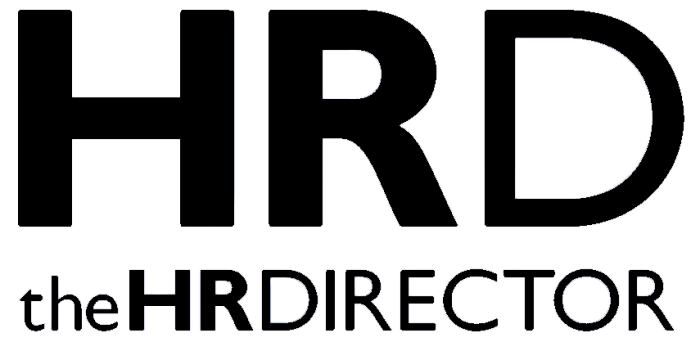A recent global poll*, reveals the persistent barriers to women’s inclusion in the workplace. The survey highlights that gender bias and discrimination are perceived as the most significant obstacle, cited by 37% of respondents. Bias and discrimination can lead to women being overlooked for promotions, facing stereotypes that undermine their capabilities, and experiencing a work environment that is not supportive or inclusive.
This is followed by inflexible work arrangements (28%), unequal pay compensation (26%), and a lack of mentoring for women (9%). These figures are similar to last year’s results, with the lack of flexible working (26% in 2024) increasing by 2 percentage points and the lack of mentoring (12% in 2024) decreasing by 3 percentage points. The rise in inflexible working arrangements being cited as a potential barrier could be attributed to some organisations reconsidering hybrid working models, impacting both men and women, though women may be more adversely affected as they are more frequently the main care givers.
Hays emphasises the urgent need for organisations to address these challenges to create a more inclusive and equitable work environment. One of the key steps is for organisations to establish policies that actively combat all forms of bias and discrimination. Regular training and awareness programmes can help create a more inclusive culture but change also needs to be role modelled from the top of an organisation.
As cited in the data above, flexible work arrangements could widen the talent pool of available talent by making it more accessible. To accommodate diverse needs, companies should offer flexible work options, such as remote or hybrid work, flexible hours, and job-sharing opportunities. This can help retain talent that is in danger of having to leave an organisation to seek a more suitable arrangement.
Establishing mentorship and sponsorship programmes to support women’s career development should be available in every function of the business. Providing access to experienced mentors can help women navigate their career paths and achieve their professional goals.
Being a truly inclusive organisation with a diverse workforce where everybody can be their authentic selves and fulfil their potential is critical. It shouldn’t just be seen as the right thing to do; it also enhances commercial success and performance of businesses. Diverse and inclusive organisations are statistically more innovative and are more able to meet the changing demands of a diverse client base.
Deborah Dorman, Chief People Officer at Hays, points out that in order to drive change, organisations need to embed Diversity, Equity and Inclusion into every aspect of their businesses:
“For organisations to progress toward material and sustainable change, DE&I needs to be a fundamental part of everything a company does, from how they hire and reward people, to how they develop and grow talent.
“The questions that are currently being asked about DE&I are forcing businesses to ask how much progress they have really made towards their goals and whether their current approaches to DE&I are really working. DE&I may lack maturity in many organisations. This period should be used to reflect and ensure inclusion is seen as a core part of everyday decision-making, leadership and culture. This is what will bring about meaningful and sustainable change, ensuring the workplace is truly inclusive, equitable, and diverse.”
*Conducted by Hays







